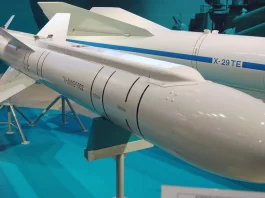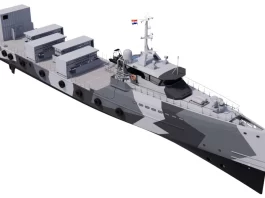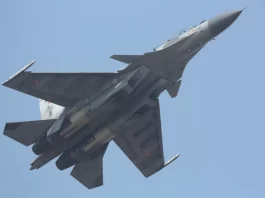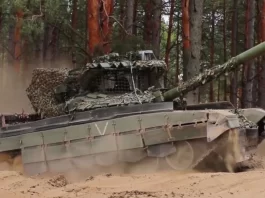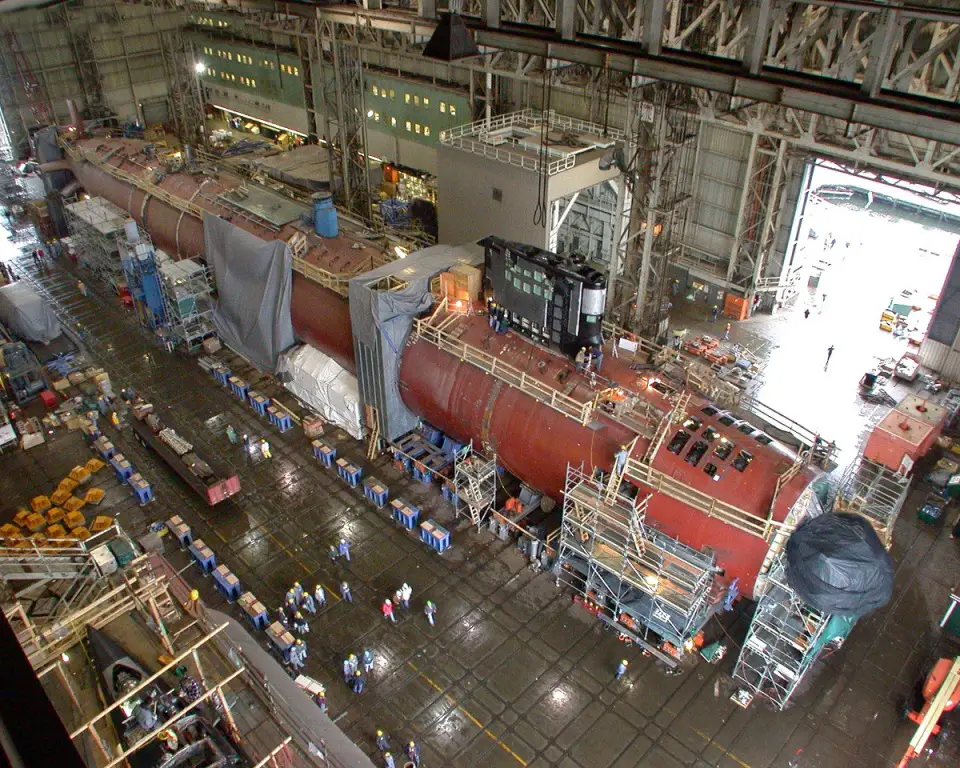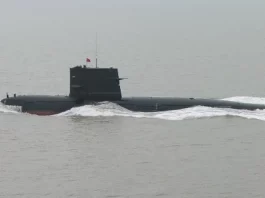In recent years, the Pentagon has repeatedly condemned the “unprofessional” and “dangerous” behavior of Russian fighter pilots during the interception of its intelligence aircraft, whether in the Black Sea region or the Baltic.
A collision with a Su-27 Flanker near Crimea notably demonstrated this. Since the start of the war in Ukraine, American military officials (and even French ones) have observed a more aggressive stance from Russian forces, including in Syria.
However, Moscow has consistently dismissed the Pentagon’s accusations. “If the attitude of our pilots causes stress or phobia in American pilots, we advise the American side to avoid flying near Russian borders or return to the negotiating table to agree on a set of rules for such flights,” the Russian Ministry of Defense stated in February 2018.
That said, the incident that occurred on September 23 was of a completely different nature.
Under the authority of the North American Aerospace Defense Command (NORAD), the US Air Force scrambles F-16s (and now, F-35As) to intercept Russian strategic bombers and/or reconnaissance aircraft operating in the Alaska Air Defense Identification Zone (ADIZ) on a regular basis. Fighter jets, usually Su-35 Flanker-Es, occasionally escort these aircraft.
Up until September 23, there had been no notable incidents recorded. On that day, four Russian aircraft – two Tu-95 “Bear” bombers and two Su-35s – were spotted in Alaska’s ADIZ. “Such Russian activity occurs regularly and is not perceived as a threat,” NORAD commented via a statement released shortly after. However, they didn’t reveal everything.
According to images released on the social network X on September 30, a Su-35 can be seen passing between one of the two Tu-95s and an American aircraft sent to intercept it (probably an F-16), before cutting off the latter’s path. A collision was narrowly avoided.
“A NORAD aircraft safely and professionally intercepted a Russian military aircraft in Alaska’s ADIZ. The behavior of a Russian Su-35 was dangerous and unprofessional. It put everyone at risk. This is not behavior you would expect from a professional air force,” said General Gregory Guillot, the head of US Northern Command (and NORAD).
To recall, an ADIZ is a limited area of international airspace where a state may request immediate identification of any aircraft operating within it for national security considerations.

